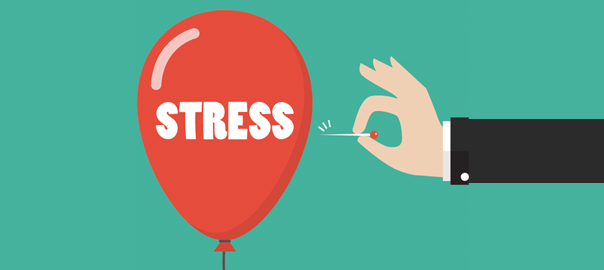It is very common these days, to hear the word “depression”. In fact, it is used so much that it has become the English language synonym for sadness or the state of being upset. But what classifies as depression scientifically? More specifically, where does one draw the line between having a bad day or grief over a tragic life event and what’s called “clinical depression”? This distinction is important because although the former gets better on its own, the latter, in most cases needs to be treated, like any other disease.
The DSM – IV, or the book of mental illnesses which psychiatrists use to diagnose someone, defines Depression as “depressed mood or a loss of interest or pleasure in daily activities for more than two weeks”. This is not just a state of feeling “low” or a mood swing. This mood state has to be continuous and last for a minimum of two weeks leading up to years in some cases. There also has to what is called “emotional paralysis” meaning an inability to get out of that mental state by using common pleasurable activities such as watching TV or eating chocolate. There is a generalized loss of interest in activities that were previously enjoyable for the person.
These mood symptoms may also be accompanied by weight and appetite changes. A person may adopt an entirely sedentary lifestyle and start eating a lot. Alternatively, the affected may completely stop eating and lose weight drastically. There may be sleep disturbances (sleeping too much or too little or change in previous sleeping schedules), loss of concentration is doing day to day tasks, increased amount of guilt and self-blame and generalized fatigue and lethargy which lasts most of the day. In severe cases, there may also be feelings of quitting this world and saying goodbye – which is known as suicidal ideation.
For a diagnosis of depression, five out the nine symptoms must be present of which one MUST be either symptom 1 or 2 (i.e. either depressed mood or loss of interest)
Table.1
| Symptoms of Depression |
| 1. Depressed mood |
| 2. Loss of interest |
| 3. Weight changes |
| 4. Sleep changes |
| 5. Restlessness or slowing down |
| 6. Significant lethargy |
| 7. Excessive guilt |
| 8. Lack of concentration |
| 9. Thoughts about death |
Sufferers describe their experiences in different ways. For some, it is “losing the desire to partake in life.” For others, it is like “seeing no future, and no answer for any of the problems in your life”. One sufferer describes his experience in the following words:
“Slipping into depression feels like falling down a dark bottomless shaft, wondering if and when your fall will ever be caught. And as you look back to where you fell from–which is where you know you need to get back to–you can see it receding further into the distance, the proverbial light becoming dimmer and dimmer, while the shaft into which you are falling becomes deeper, darker, and all the more enveloping.” (Source: huffingpost.co.uk)
There is, however, hope. If help is sought, treatment is available. Depression in many cases is curable and in most, manageable. Different forms of psychotherapy e.g. cognitive therapy, behavioral therapy, psychoanalysis, etc. are available. They change thought patterns, behaviors or any personal conflicts that are contributing to depression in the person’s case. In addition, anti-depressant pills have been proven to be very effective. They are aimed at correcting chemical imbalances in the brain that occur in depression.
So, do you have clinical depression or are you just sad? Hopefully, now you can tell the difference. If you notice the above-mentioned symptoms in yourself or a loved one, don’t hesitate to seek professional help. Because no one deserves to be depressed.
Dr. Talha Qureshi
Blog description
(The writer is a medical doctor, who is a singer, a TED talk lover and a movie buff.)







